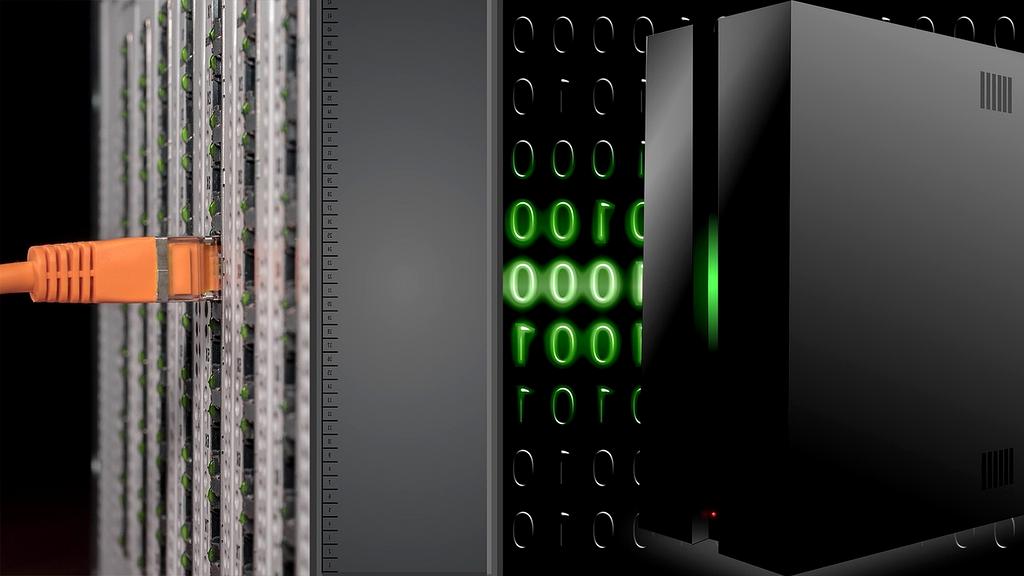Biometric authentication is a security method that uses unique biological or behavioral characteristics to verify a person's identity. Unlike traditional approaches that depend on passwords or PINs, biometric systems compare physical or behavioral traits—such as fingerprints, face, retina, voice, or even how you walk or type—to data stored in a secure database. If they match, authentication is successful. Biometric authentication is increasingly used to control access to both digital resources, like computers and mobile devices, and physical spaces, such as buildings and secure rooms.

Common biometrics include:
- Chemical biometrics: DNA matching uses genetic data for identification.
- Visual biometrics: Examples include retina and iris scans, fingerprint scanners, facial recognition, hand geometry, ear authentication, signature recognition, and vein pattern analysis.
- Behavioral biometrics: Gait (the way a person walks), typing speed and pattern, and touchscreen or mouse usage can all serve as biometric identifiers.
- Auditory biometrics: Voice ID uses voice patterns shaped by each individual’s mouth and throat.
Biometric authentication devices typically have three components: a reader or scanner, technology to convert and compare the captured data, and a database for storage. Sensors collect data, which is then processed by software and compared to stored templates for a match. Most data is stored centrally, but some systems use cryptographic methods to protect privacy.

What is Multimodal Biometric Authentication?
Multimodal biometric systems use two or more biometric identifiers—like facial and fingerprint recognition—simultaneously to enhance accuracy and security. This approach helps prevent unauthorized access, but often requires a larger investment in hardware and infrastructure. Multimodal biometrics are widely used in sectors where security is critical, such as data centers, banks, and government facilities.
Where is Biometric Authentication Used?
- Law enforcement: Agencies use fingerprints, facial features, iris patterns, voice samples, and DNA for identification. Automated Fingerprint Identification Systems (AFIS) have revolutionized how fingerprints are matched.
- Travel: E-passports use biometrics to verify identity at borders.
- Healthcare: Biometrics help hospitals accurately identify patients and protect sensitive medical records.
- Identity and Access Management (IAM) systems: Biometrics ensure only authorized users get access to sensitive systems and data.
- Payments: Biometric-enabled cards or payment terminals add an extra security layer for transactions.
- Education: Schools use biometrics for attendance tracking and secure access to facilities and resources.
- Smart homes and vehicles: Unlocking doors, starting cars, and personalizing settings with facial or fingerprint recognition.
- Physical access control: Biometric scanners manage entry to secure areas, and also help clock employee work hours.
Advantages and Disadvantages

Advantages: Biometric authentication offers enhanced security since unique body traits are hard to replicate, improves convenience and speed, and reduces password fatigue. It is non-transferable and reduces human error, making it scalable and often more cost-effective over time.
Disadvantages: Risks include potential data interception, privacy concerns, and difficulties replacing compromised biometric data. Initial implementation costs can be high, and sensor accuracy can be affected by environmental factors or physical changes. Some systems might not integrate well with all devices or applications, and single-mode systems may be vulnerable if that trait is compromised.
Biometric Authentication vs. Passwords
Biometric authentication typically offers higher security because traits are hard to guess or steal. Once compromised, however, biometric data cannot be changed, unlike passwords. Passwords are versatile and easy to reset, but are more susceptible to phishing and brute-force attacks. The best security approaches often combine both, such as using a fingerprint to unlock a password manager.
Can Biometric Authentication be Hacked?
No system is completely foolproof. Attackers might try to spoof fingerprints using materials like silicone, use high-resolution photographs or 3D masks to bypass facial recognition, imitate voices with AI, or exploit vulnerabilities in the system's software. Social engineering or data interception during transmission are additional risks. As biometric systems grow more complex, hacking methods are evolving too, underlining the need for layered security.
The Future of Biometric Authentication
The field is advancing with more integration of AI and machine learning, making systems more accurate and better at detecting fake inputs such as deepfakes. Thanks to multimodal and contactless biometric systems, authentication is becoming more secure and user-friendly. Continuous authentication using behavioral biometrics and processing data on edge devices further enhance privacy and security. Emerging technologies like blockchain may also give individuals more control over their biometric credentials, reducing reliance on centralized databases.




